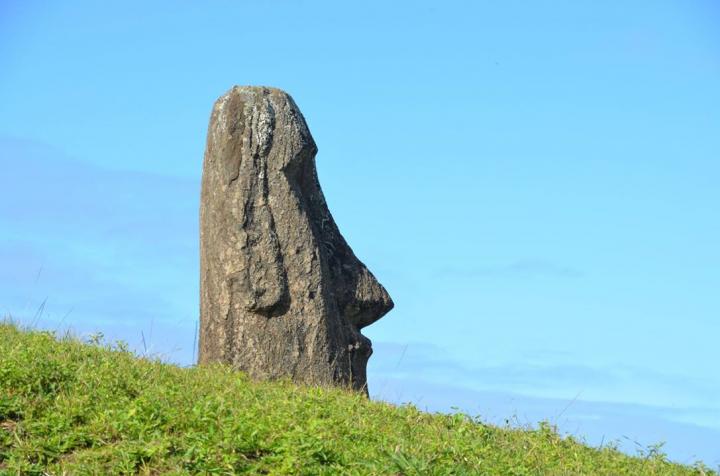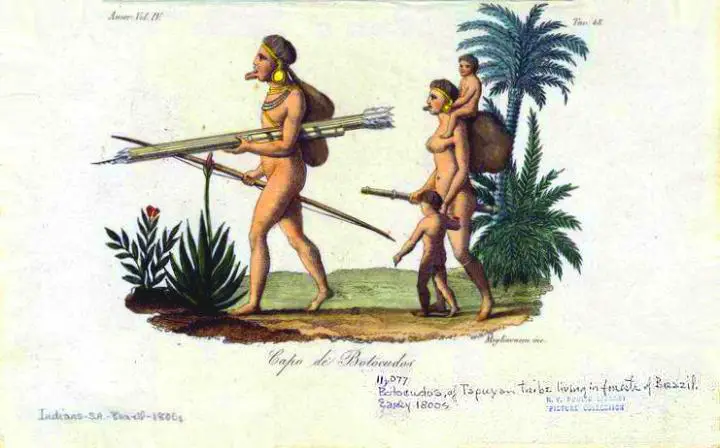It is possible people may have been making the trip from Easter Island to the Americas a long time before the Dutch commander Jakob Roggeveen arrived with his ships in 1722, according to new genomic evidence demonstrating that the Rapanui people living on that most isolated of islands had significant contact with Native American populations hundreds of years earlier.
The findings reported that the Cell Press journal Current Biology yesterday provide the first genetic evidence for such an early trans-Pacific route between Polynesia and the Americas, an impressive trek of over 4,000 kilometers (nearly 2,500 miles).
The findings remind us “early human populations extensively explored the planet,” says Anna-Sapfo Malaspinas from the Natural History Museum of Denmark’s Centre for GeoGenetics. “Textbook versions of human colonisation events – the peopling of the Americas, for example – need to be re-evaluated utilising genomic data.”

On that note, a second articles will feature in the same issue of Current Biology by Malaspinas along with Eske Willerslev and their colleagues examined two human skulls representing the indigenous “Botocudos” of Brazil to discover their genomic ancestry is Polynesian, with no detectable Native American component at all.
Archaeological evidence had implied that 30 to 100 Polynesian men, women and children first landed on Easter Island, also known as Rapa Nui, in approximately AD 1200, arriving in two or more doubled-hulled canoes. After settling on the isolated island, the Rapanui built their famous stone platforms and over 900 statues, some weighing as much as 82 tons.
While it may have taken weeks for Polynesians to reach the closest nearby islands, there are suggestions of contact with the larger world. For example, there is evidence to support the presence of crops native to the Americas in Polynesia, including the Andean sweet potato, well before the first reported European contact.
Genome-wide analysis of 27 native Rapanui now confirms significant contact between the island people and Native Americans sometime between about AD 1300 and AD 1500, 19 to 23 generations ago. The Rapanui population started mixing with Europeans much later, in the middle of the 19th century. The ancestry of the Rapanui today is 76% Polynesian, 8% Native American, and 16% European.

The novel evidence about the Rapanui implies one of two scenarios: either Native Americans sailed to Rapa Nui or Polynesians sailed to the Americas and back. The researchers believe it is more likely that the Rapanui successfully made the trip back and forth, given simulations proposed in previous studies demonstrating that “All sailing voyages heading intentionally east from Rapa Nui would always reach the Americas, with a trip lasting from two weeks to approximately two months.” On the other hand, the trip from the Americas to Rapa Nui is much more difficult, which would have made it likely to fail or miss the island completely. From the Americas, Rapa Nui is a small target, which may also be the reason it took Europeans so long to find it.
Contributing Source: Cell Press
Header Image Source: Flickr




